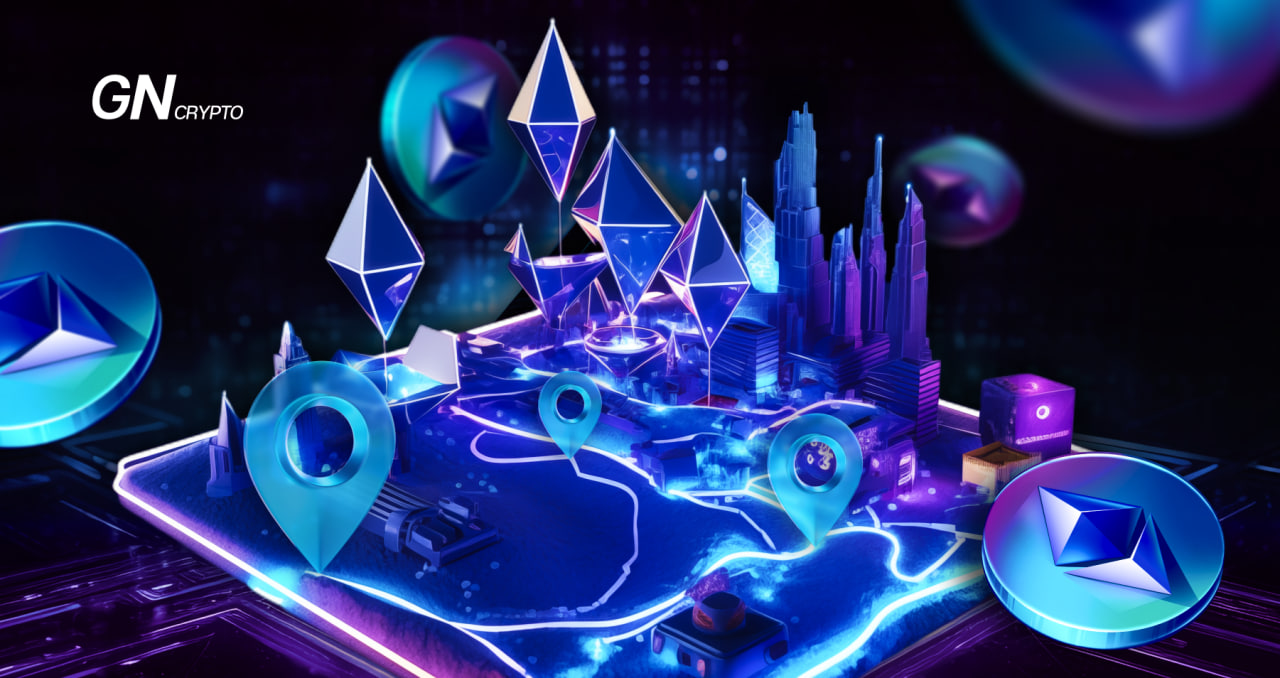Updated Ethereum Roadmap: Advancing Towards Scalability

On the final day of 2023, Vitalik Buterin released an updated iteration of Ethereum’s development roadmap, providing an account of the milestones achieved. He undertook this in response to the numerous requests from his followers. What protocol changes can the Ethereum ecosystem’s clients expect in the near future?
On this page
Vitalik Buterin's refreshed Ethereum roadmap – a comprehensive plan for 2023 – displays the current status of all milestones planned for the previous year. He provides a detailed breakdown of the challenges that remain for his team to tackle.
Ethereum Roadmap. Source: Х
Old Phases, New Challenges
1. The Merge. Despite Ethereum's farewell to energy-intensive mining back in September 2022, the project's decentralization isn't yet flawless. The transition to the eco-friendly, deflationary Proof-of-Stake consensus mechanism has appealed to validators, but issues surrounding the security of staking persist. Vitalik Buterin himself has acknowledged keeping a significant portion of his ETH assets in hardware wallets. A solution for multi-signature asset locking is still a work in progress.
2. The Surge. This stage represents the next leap in blockchain scaling, introducing Rollups. Ethereum aims to process transactions with the alacrity of a “caffeinated cheetah,” pushing transaction per second (TPS) rates beyond the 100,000 mark, thereby significantly curtailing gas fees. This anticipated update has dApp creators on the edge of their seats, eager to fully harness the capabilities of their applications at L2.
3. The Scourge. This upgrade seeks to address and nullify allegations of centralization plaguing the project. The crypto community has expressed concerns over the growing centralization within Ethereum 2.0’s architecture, notably in aspects like MEV (Miner Extractable Value) and staking. Post-transition to PoS, validators now have the capacity to filter transactions, favoring those with increased gas fees. The Scourge is designed to ensure unbiased transaction inclusion, eradicating any form of user discrimination within the protocol.
4. The Verge. According to the developers, verifying Ethereum blocks will become as easy as checking the ‘Inbox' folder in your email. TThe Verge is designed to simplify the verification process, minimizing data and computational loads, thereby easing network congestion and enhancing scalability. This also aims to lower the entry barrier for node participation, which currently requires holding 32 ETH otherwise, user becomes reliant on expensive Liquid Staking services.
5. The Purge. It appears a thorough clean-up is on the horizon for Ethereum. The Purge focuses on optimizing the protocol by removing technical glitches and outdated historical data. This digital decluttering will optimize the network, boost its effectiveness, and set the stage for future enhancements.
6. The Splurge. The final phase is akin to the icing on the cake, a decorative flourish to perfect the client experience. The Splurge comprises minor tweaks and adjustments essential for seamless functionality following the preceding updates. As Vitalik puts it, this stage is intended to be “a fun thing.”
The enhancements envisaged in phases two, three, and four will manifest in new solutions:
1. EIP-4844 (Proto-Danksharding): A strategy aimed at reducing costs in Layer 2 networks, potentially slashing gas fees by a factor of 100.
2. ERC-4337 (Account Abstraction): A standard revolving around the concept of smart accounts, facilitating gas-free transactions, key recovery, and secured social media sign-ins;
3. EIP-1153 (Transient Storage Opcodes): A mechanism for temporary data retention during smart contract execution;
4. EIP-5656 (MCOPY Opcode): A novel code for optimizing in-memory data copying processes during smart contract execution, anticipated to elevate protocol efficiency.
Buterin envisions that post-transition to PoS, the Ethereum project, previously deemed 55% complete, will attain optimal scalability and robustness upon this roadmap’s fruition. While this progression may span several years, it promises to unlock revolutionary potentialities for the network's evolution.
Yet, it’s crucial to note that these roadmap stages are concurrent rather than sequential, making it challenging to predict which ones will reach completion sooner.
The content on The Coinomist is for informational purposes only and should not be interpreted as financial advice. While we strive to provide accurate and up-to-date information, we do not guarantee the accuracy, completeness, or reliability of any content. Neither we accept liability for any errors or omissions in the information provided or for any financial losses incurred as a result of relying on this information. Actions based on this content are at your own risk. Always do your own research and consult a professional. See our Terms, Privacy Policy, and Disclaimers for more details.


























